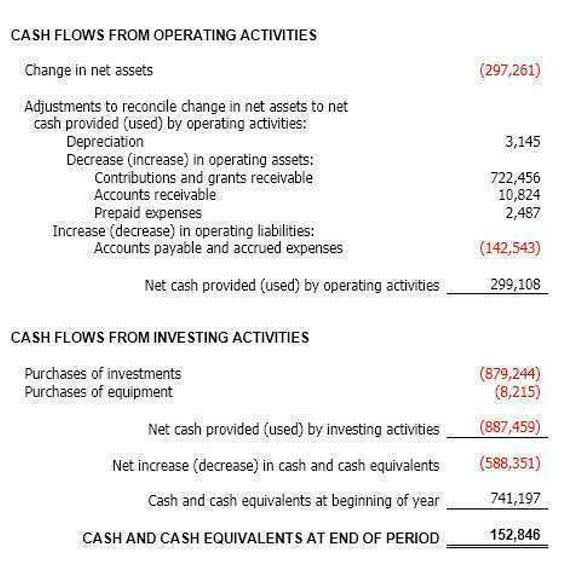
The balance sheet reports the assets, liabilities, and owner’s (stockholders’) equity at a specific point in time, such as December 31. The balance sheet is also referred to as the Statement of Financial Position. When inventory items are acquired or produced at varying costs, the company will need to make nonmanufacturing costs an assumption on how to flow the changing costs. In the Canadian context, companies must adhere to the International Financial Reporting Standards (IFRS) as adopted in Canada, which provide guidelines for cost classification and financial reporting. Understanding these standards is essential for compliance and accurate financial reporting.
Cost Accounting
- As discussed earlier in the tutorial, product costs (i.e. manufacturing costs) consist of direct materials, direct labor, and factory overhead.
- Manufacturing overhead includes the indirect materials and indirect labor mentioned previously.
- In the end, management should know whether each product’s selling price is adequate to cover the product’s manufacturing costs, nonmanufacturing costs, and required profit.
- It involves analyzing and allocating costs that are not directly related to the production of goods.
- The sales price of each table varies significantly, from $1,000 to more than $30,000.
The sales price of each table varies significantly, from $1,000 to more than $30,000. Figure 2.4 shows examples of production balance sheet activities at Custom Furniture Company for each of the three categories (we continue using this company as an example in Chapter 2). Figure 1.4 shows examples of production activities at Custom Furniture Company for each of the three categories (we continue using this company as an example in Chapter 2). Figure 2.3.1 shows examples of production activities at Custom Furniture Company for each of the three categories. As mentioned above, nonmanufacturing costs cannot be included in inventory or the cost of goods sold; rather, nonmanufacturing costs are reported as SG&A expenses and Interest Expense in the accounting period in which they occur. The sum of direct materials cost, direct labor cost and manufacturing overhead cost is known as manufacturing cost.
Get $20 Off Our PRO Materials

Distinguishing between the two categories is critical because the category determines where a cost will appear in the financial statements. As we indicated earlier, nonmanufacturing costs are also called period costs; that is because they are expensed on the income statement in the time period in which they are incurred. We use the term nonmanufacturing overhead costs or nonmanufacturing costs to mean the Selling, General & Administrative (SG&A) expenses and Interest Expense. Under generally accepted accounting principles (GAAP), these expenses are not product costs. (Product costs only include direct material, direct labor, and manufacturing overhead.) Nonmanufacturing costs are reported on a company’s income statement as expenses in the accounting period in which they are incurred.
Table of Contents

Direct materials – cost of items that form an integral part of the finished product. Examples include wood in furniture, steel in automobile, water in bottled drink, fabric in shirt, etc. In summary, understanding service cost components requires a holistic view. It’s https://www.bookstime.com/ not just about dollars and cents; it’s about optimizing resources, ensuring quality, and meeting client needs. By analyzing these components, service providers can make informed decisions and enhance their overall performance. Direct labor would include the workers who use the wood, hardware, glue, lacquer, and other materials to build tables.

What are Nonmanufacturing Overhead Costs?

However, as we noted earlier, managerial accounting information is tailored to meet the needs of the users and need not follow U.S. However, if management wants to determine the profitability of a specific product or customer, it is necessary to allocate or assign nonmanufacturing costs to the products and/or customers outside of the financial statements. In the end, management should know whether each product’s selling price is adequate to cover the product’s manufacturing costs, nonmanufacturing costs, and required profit. Identifying non-manufacturing costs is crucial for accurate cost accounting. Manufacturing costs, including raw materials, direct labor, and manufacturing overhead, are incurred during the production of goods.
- The more valves are produced, the more parts Friends Company has to acquire.
- We use the term nonmanufacturing overhead costs or nonmanufacturing costs to mean the Selling, General & Administrative (SG&A) expenses and Interest Expense.
- Note 1.48 “Business in Action 1.6” provides examples of nonmanufacturing costs at PepsiCo, Inc.
- Cost of Goods Sold is a general ledger account under the perpetual inventory system.
- As a result these items are not reported among the assets appearing on the balance sheet.
Nonmanufacturing Costs at PepsiCo
For instance, are the salaries of accountants who manage factory payrolls considered manufacturing or non-manufacturing expenses? Therefore, businesses typically establish and adhere to their own criteria. Materials that become an integral part of the finished product and that can be easily traced to it are called direct materials.
- Overhead costs refer to the expenses incurred by a service-based organization that cannot be directly attributed to a specific service or function.
- MasterCraft records these manufacturing costs as inventory on the balance sheet until the boats are sold, at which time the costs are transferred to cost of goods sold on the income statement.
- Examples of direct materials for each boat include the hull, engine, transmission, carpet, gauges, seats, windshield, and swim platform.
- The sum of direct materials cost and direct labor cost is known as prime cost.
- The cost of inventory should include all costs necessary to acquire the items and to get them ready for sale.
The inventory of a manufacturer should report the cost of its raw materials, work-in-process, and finished goods. The cost of inventory should include all costs necessary to acquire the items and to get them ready for sale. Nonmanufacturing overhead costs are the company’s selling, general and administrative (SG&A) expenses plus the company’s interest expense.
